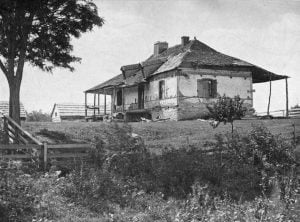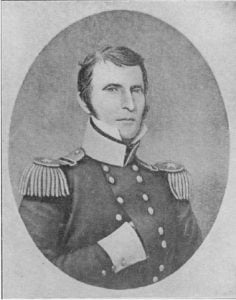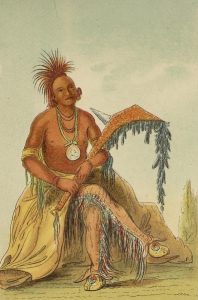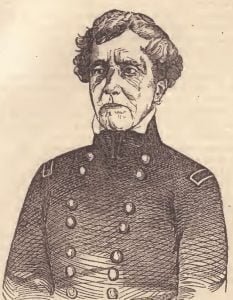Establishment of Fort Gibson in 1824
By Act of Congress of March 2, 1819, Arkansas Territory was established July 4, embracing substantially all of what are now the states of Arkansas and Oklahoma; though the civil government of Arkansas Territory was limited to that section lying east of the Osage line, divided into counties, and embracing approximately the present state of Arkansas. That west of the Osage line was the Indian country, and in later years became known as Indian Territory. James Miller of New Hampshire was appointed the first Governor of Arkansas Territory, and among the duties of his office was that of supervision of … Read more









